Unfortunate that the club looked within for the redesign of the 6th green, which requires a long iron approach and bizarrely aims at about 60 degrees off centre, into an area of rough and thick trees
Worth the visit alone is the par five 7th, which offers up this approach shot to a gorgeous green cascading out of the hillside
Not arresting visually, but presenting all the ingredients of a great golf hole, the 8th rises slightly from tee to green, making a recovery shot from the fronting bunkers more likely
A steep ridge in the left side of the fairway guards the prime driving line at the 11th hole
Course name: Federal
Location: Canberra, Australian Capital Territory, Australia
Four Word Course Review: Bolstered by ideal land
Nowhere is it more apparent that good land makes for quality golf than at Federal GC in Canberra.
Subtle but treacherous greens, smart bunkering and thoughtful use of the landforms make for constant fun, interest and challenge. The design isn't genius, but its application on such a property elevates the course above similar efforts on flatter tracts.
The significant difference in elevation between the 9th green and 11th tee is managed smartly, meaning few holes rise or fall dramatically and most of them use slope in interesting ways.
Ironically, the hole where change of elevation plays the greatest role might be the 8th -- a mid-length par three on maybe the flattest area of the course. Imperceptible from the tee is that the green -- narrow and severely bunkered at the front before climbing to a wider back section -- is higher than the green, leading to the likelihood of underclubbing and ending up in the sand.
It's just one of four quality par threes, the others all playing downhill, with the 3rd and 12th calling for a long iron or wood for most, with steep slopes fronting the green. The 16th's green is not entirely unklike that of the 8th, but the shot is played significantly downhill.
Most notable among the par fours are the side-hill 2nd; uphill, dogleg left 9th that screams out for an obnoxious tree on the left of the drive to be replaced with diagonal bunkering to introduce temptation; the short 11th with its prime driving line defended by a steep, angled ridge and the beautiful 14th with its downhill drive through a valley and uphill approach to a benched green.
The par fives occupy fine land but lack interest in their second shots, save for the 7th, where a large bunker cuts into a hillside on the drive (which could benefit from some flanking native rough to blend the bunker more into its setting) tempting the golfer to flirt with or fly it for a chance at getting home in two to the treacherous green, which cascades downhill from a high point on the left about a third of the way back.
Set into a hillside, the green's shapes are natural and the resulting approaches, recoveries and putts all rank among the most interesting on the course because of the putting surface.
As a general rule the greens use a predominantly back-to-front slope with subtle internal contours to add difficulty and accentuate the importance of positioning the ball below the hole, while many also reward thoughtful placement to set up the approach shot.
The setting is also a particular attraction here, with the course set in a peaceful bushland valley populated by kangaroos only two kilometres from Australia's parliament house -- as central a location as playing golf in London's Hyde Park or New York's Central Park.
The exact bloodline of Federal is cloudy -- Alec Russell (Royal Melbourne (East) and Paraparaumu Beach, as well as partnering Alister MacKenzie on Royal Melbourne's famous West course) selected the site and prepaped a design, but it's not known how much of that plan was utilised by initial architect James Scott.
Prosper Ellis then remodelled the course and added a second nine, creating the course more or less as it is today, save for committee-designed alterations to the likes of the long par four 6th and 18th holes, which both feature poor greens out of touch with the shots required to approach them and account for the two genuine disappointments on the course.
Both holes bring to mind MacKenzie's maxim that the price of obtaining professional advice is very small compared to the cost of proceeding without it.
It's in praise, not criticism, of the course that I say the potential here is immense. What's currently on the ground might not be such that the course deserves to be considered among the country's best few dozen courses, but it's sufficient that you can easily see what could be with some smart alterations by an architect that views a golf course as primarily a field of play and not a garden or tree farm.


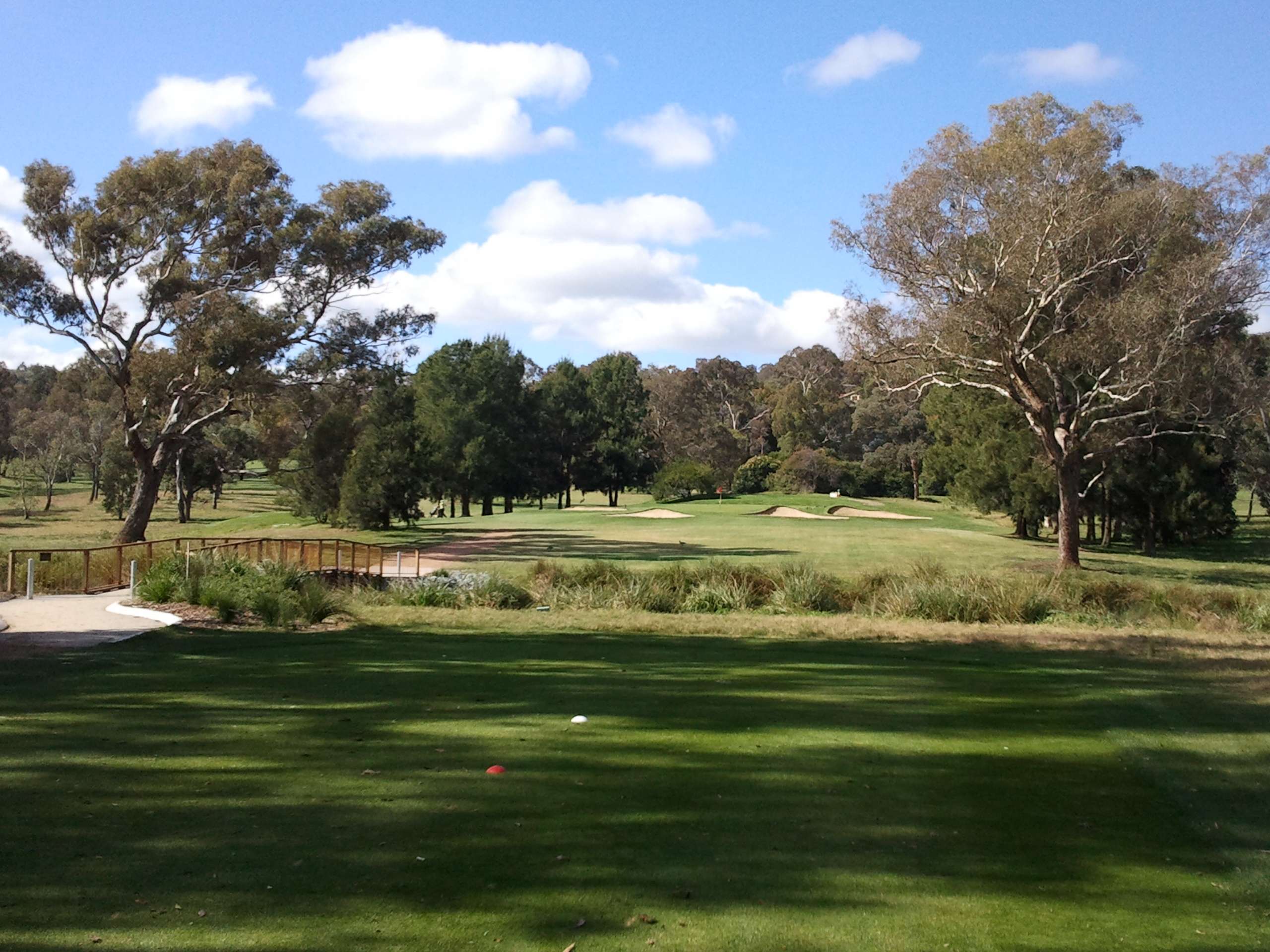
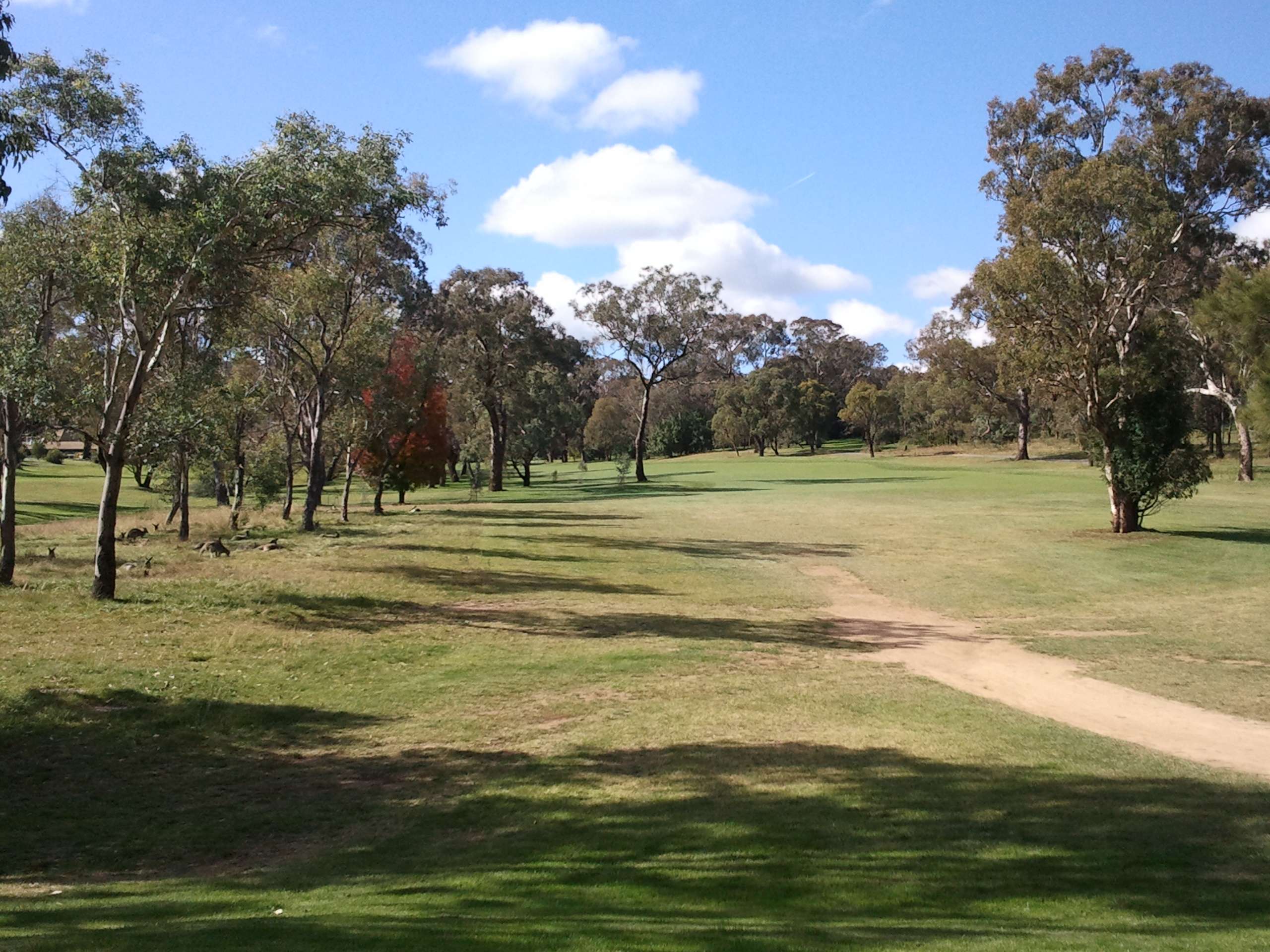
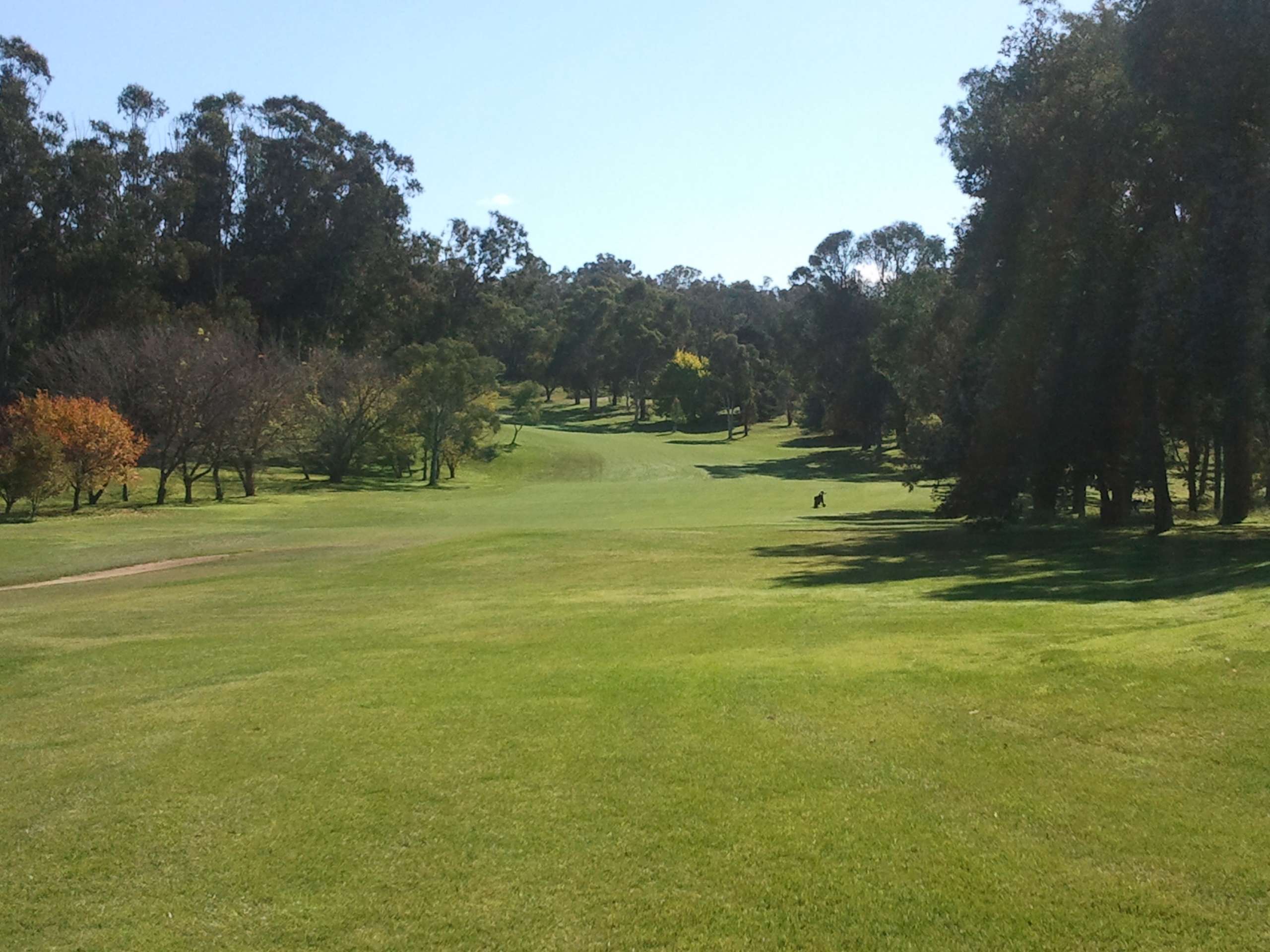
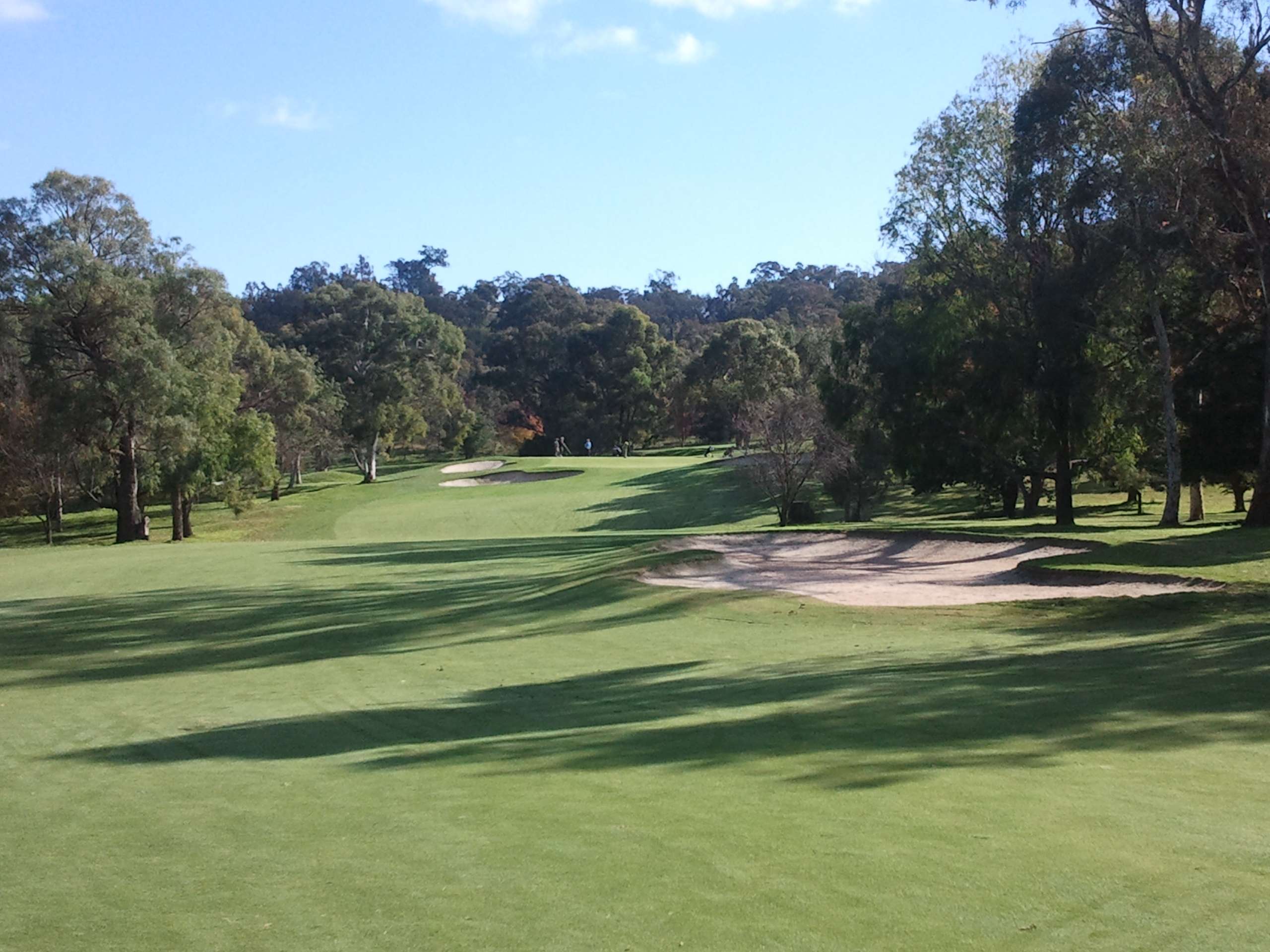
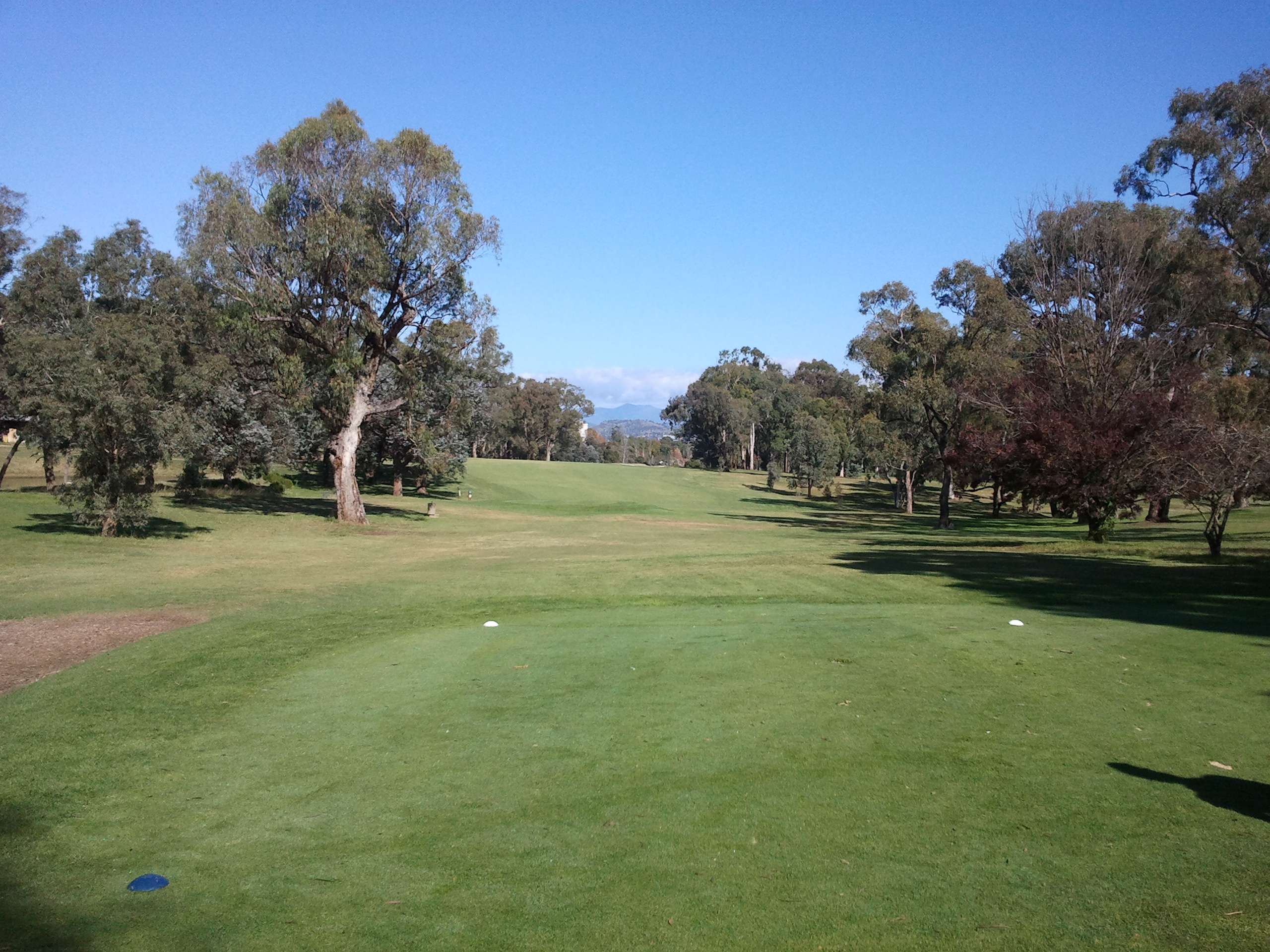
What a lovely description of one the most challenging courses I and my wife have played during our challenges on tour professionally in Australia but unfortunately runs second to the horizons golf course at port Stephens in the oyster capital of the world
ReplyDelete